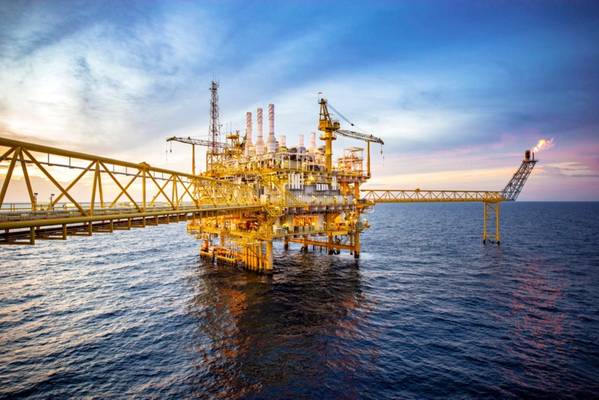
Oil and gas production facilities could reduce more than 80% of associated emissions if converted to run on electricity powered by renewables or natural gas that would otherwise be flared, according to a new report from Rystad Energy.
Fully electrified rigs and other assets on the Norwegian Continental Shelf emit 1.2 kilograms of carbon dioxide per barrel of oil equivalent (kg of CO2 per boe) produced, an 86% drop from the 8.4 kg of CO2 per boe emitted by the same assets before electrification, the report states.
Norway is in a prime position that is almost unique among major oil and gas producers as it can tap into its abundant renewable energy resources It was an early mover in refitting its assets to run on clean power, and now has plans to cut emissions from the continental shelf by 70% by 2040.
Other producing countries may face logistical hurdles when converting assets, including significant distances from the mainland, a lack of power grid infrastructure and limited renewable power capacity.
However, even a partial electrification will significantly cut emissions, according to Rystad.
Premium energy basins (PEB) – a term coined by Rystad Energy to describe oil and gas basins with ample hydrocarbon reserves and the potential to incorporate environmentally friendly practices – could hold the key.
Rystad has identified 30 such basins worldwide, which collectively contribute more than 80% of the world’s oil and gas this year and will continue to do so until 2050.
If PEB assets electrify and reduce emissions by 50%, a total of 5.5 gigatonnes of carbon dioxide (Gt of CO2) would be avoided by 2050. Based on the accepted industry standard calculation, this CO2 reduction would equate to about 0.025 degrees Celsius of global warming avoided during the same period.
“As the world confronts the pressing issue of climate change, the oil and gas industry is under increasing pressure to minimize its carbon footprint and align its practices with global sustainability objectives. Where it’s possible and economically viable, electrification has great potential to lower the industry's emissions while maintaining production output,” said Palzor Shenga, vice president of upstream research with Rystad Energy.
Electrification requires careful planning, including the selection of optimal technologies, assessment of total costs and strategies to ensure a continuous energy supply, particularly in remote locations with limited grid access. Economic and financial viability must also be prioritized. A proactive approach to electrification can enhance operational efficiency and open new revenue streams through the sale of excess renewable energy.
To understand the impact of electrification on upstream emissions, we examined the potential for emission reduction in top PEBs. The 28 PEBs identified in the report offer estimated total emission savings of about 1.3 billion tonnes of CO2 between 2025 and 2030.


